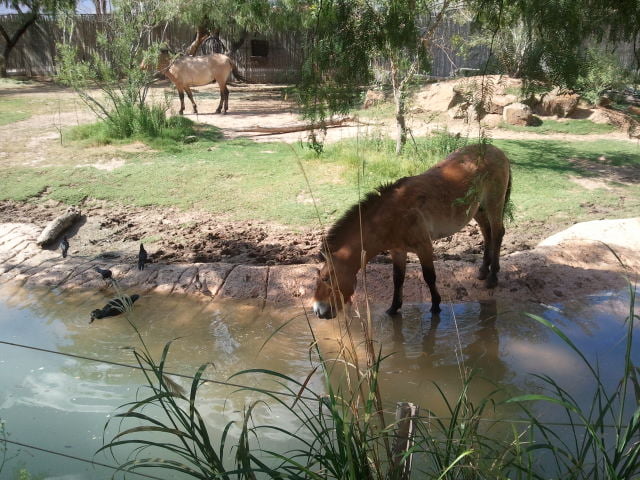Unveiling the Journey of Zoos Through Time
Zoos, once mere menageries for the curious elite, have transformed into sophisticated institutions dedicated to conservation and education. This evolution spans centuries, marking a remarkable shift in purpose, design, and ethical considerations. Let’s embark on a journey through time to unravel the captivating story of how zoos have transcended their initial roles to become vital players in modern wildlife conservation.
The Menagerie Era: A Glimpse into the Past
The concept of keeping exotic animals for display dates back to ancient civilizations, where rulers showcased their wealth and power through private menageries. These early collections primarily served as symbols of prestige, entertainment, and sometimes even political prowess. Animals were often acquired through trade or as gifts between rulers, contributing to the diversity of these ancient zoological gardens.
The Transition: Enlightenment and Scientific Exploration
The Age of Enlightenment brought about a shift in the purpose of menageries. As scientific curiosity blossomed, so did the desire to understand and catalog the world’s biodiversity. Zoos began to embrace a more educational role, with a focus on scientific exploration and discovery. The transition from mere showcases of wealth to hubs of knowledge laid the foundation for a new era of zoological gardens.
The Conservation Revolution: Zoos in the 20th Century
The 20th century witnessed a paradigm shift in the objectives of zoos. Conservation emerged as a primary goal, driven by the alarming decline of various species due to habitat loss and human activities. Zoos started breeding programs for endangered species, creating a safety net against extinction. Notable successes, such as the recovery of the California condor, underscored the pivotal role zoos could play in species preservation.
Modern Zoos: More than Entertainment
Contemporary zoos operate on a multifaceted mission encompassing conservation, education, and recreation. Advanced facilities prioritize the well-being of animals, emphasizing naturalistic enclosures that mimic their native habitats. Educational programs aim to raise awareness about biodiversity, ecosystems, and the importance of wildlife conservation.

Ethical Considerations: Balancing Conservation and Animal Welfare
With the evolution of zoos comes increased scrutiny over ethical considerations. Critics argue that confining animals for conservation purposes may compromise their well-being. In response, modern zoos strive to strike a delicate balance, implementing ethical practices and emphasizing the importance of research, education, and wildlife preservation.
The Future of Zoos: Nurturing a Sustainable Coexistence
As we gaze into the future, the role of zoos continues to evolve. Technological advancements, coupled with a growing awareness of environmental issues, position zoos as key players in global conservation efforts. Collaborations between zoos, research institutions, and governmental bodies promise a more sustainable coexistence between humans and wildlife. If you want to learn more about the evolution of zoos, why not look here to learn more?
Conclusion: A Testament to Transformation
The evolution of zoos from menageries to modern conservation institutions is a testament to humanity’s changing perspectives on wildlife, science, and our responsibility to the planet. As we navigate the complexities of balancing conservation and ethical considerations, zoos remain beacons of hope for endangered species and invaluable educational resources for the public.


